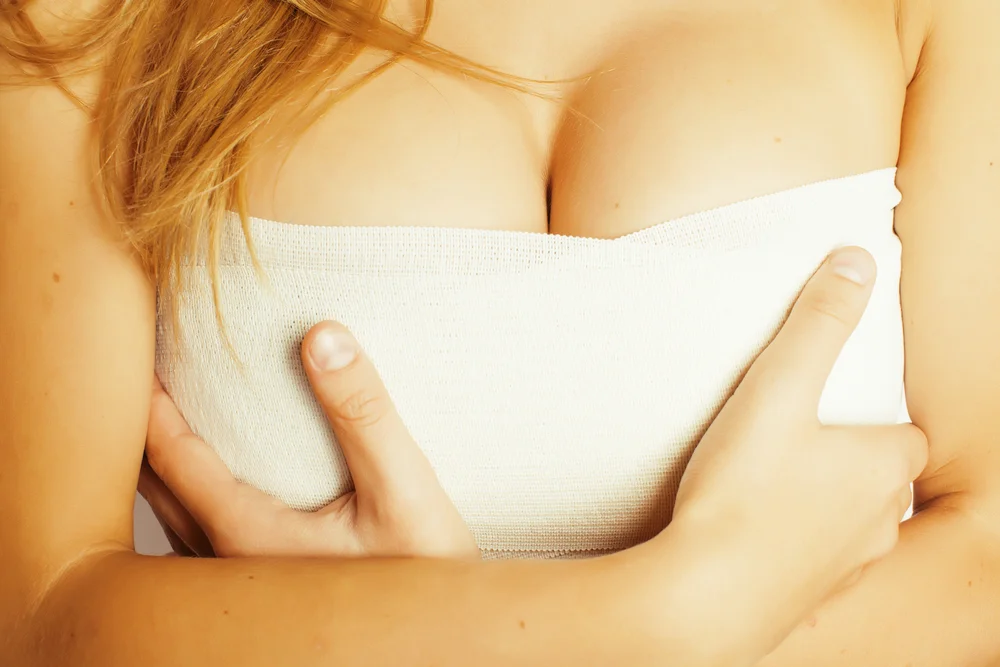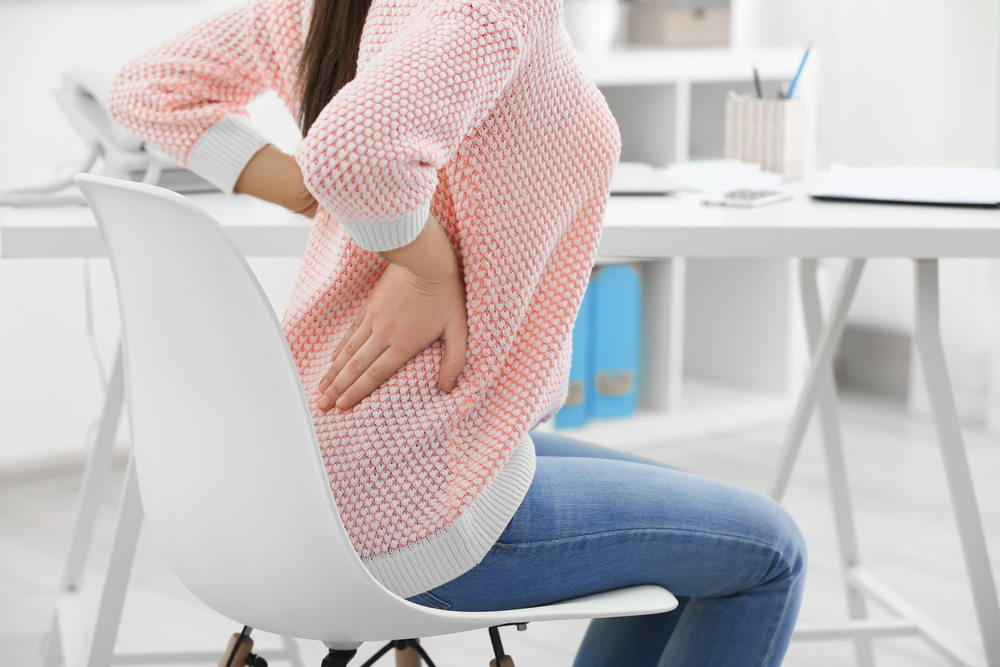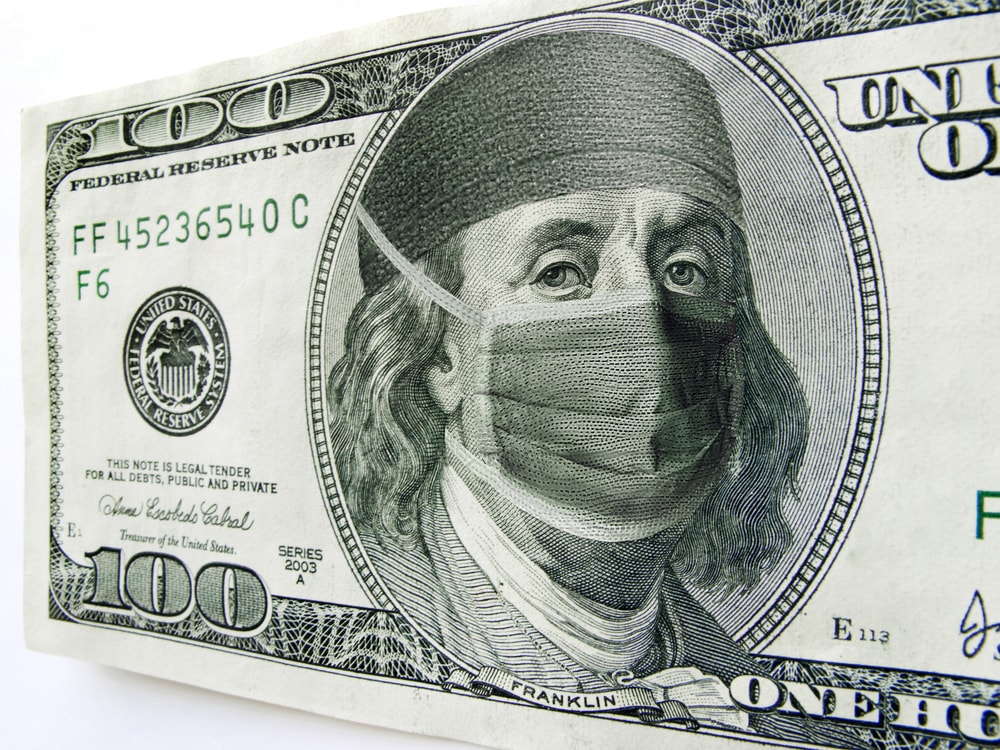Since every patient is different, understanding the drop and fluff process is an important part of breast augmentation recovery.
“Drop and fluff.” It may sound like something out of a pillow care guide, but it refers to a process breast implants go through after breast enhancement.
As the breast skin stretches and the muscles relax, the implants slowly shift downward and outward. This is the “drop.”
The “fluff” refers to the implants filling in the lower breast, tissue below the nipple, an area that many patients complain looks empty prior to surgery.
The drop and fluff process takes time, and patients should not be concerned if their breasts do not immediately sit in the desired position. As time goes on, the lower part of the breast begins to project more, and the breast takes on a more natural shape.
When does this process happen? What else should you expect along the way? Read on to find out, and to learn more about the breast augmentation recovery process.
The “drop and fluff” process
Most breast augmentation patients who have sub-muscular breast implant placement notice that their implants sit high on the breast for the first few weeks of their recovery. This is normal. It is caused by tightening of the pectoralis muscle, which lifts the implants upward.
As the muscle relaxes, the implants settle and begin to fill out their overlying tissue envelope.
According to Dr. Gregory A. Buford, a board-certified plastic surgeon based in Englewood, CO the drop and fluff process “can be affected by several variables including pre-existing pectoralis tightness, implant size, and firmness of your breast tissue and skin.”
Buford and other plastic surgeons say that the process is the same whether you have saline or silicone implants. The shape of the implant doesn’t matter either, says Dr. Suzanne Trott, a board-certified plastic surgeon in Beverly Hills. “The lower part of the breast becomes more projecting and the breast takes on a more natural, ‘teardrop’ shape, even if it is a round implant,” she says.
The drop and fluff can vary based on the breast size and coating of the implant, according to New York City plastic surgeon Dr. Darren M. Smith. “Heavier implants will drop more, as there is a stronger pull from gravity,” he says. “Textured implants may drop less than smooth implants, as textured implants will have more friction with surrounding tissues. This can counteract gravity’s influence.”
To help the implants settle into their proper position, plastic surgeons recommend that their patients use a breast band, and many recommend massaging the implants as well.
Understanding the drop and fluff process is an important part of preparing for breast implant surgery. This is because patients need to understand how the implants will change over time, and what they should be watching for.
The implants start to drop after a few days. At six weeks they are usually almost there, and they have typically reached their final position after three months.
“When they are done ’dropping’ and the lower pole is done ’fluffing,’ you should be able to feel the edge of the implant at or just above the inframammary crease,” Trott says. “That means it has fallen into the pocket.”
As breasts are almost never symmetric, the implant in the breast with more space will usually drop faster, Trott points out.
This sentiment is echoed by Dr. Gordon Kaplan, a plastic surgeon with practices in New Jersey and New York City. “It is very common for one breast to drop into ’perfect’ position while the other stubbornly stays high and tight,” he says. Until they both drop, many patients are left wondering if there is a problem or if they may need a revision.
In rare cases, if a woman’s breasts don’t seem to be dropping at a normal rate, she may be developing a capsular contracture. “If after six weeks the implant doesn’t seem like it has dropped correctly, and the lower part of your breast feels ‘empty,’ you should consult with your doctor,” says Trott.
Breasts that do not drop could mean that the muscle was not completely released to make the pocket or it could mean that a slight capsular contracture has developed. In either case, a surgeon will need to take steps to treat it.
>>To learn more about capsular contracture after breast augmentation, read our article about the symptoms, treatments, and prevention of the complication.
Post-Surgical Recovery: Recommended Products
Wearing a compression bra promotes healing, while silicone sheeting and gels help minimize the appearance of scars. Here are a few products that plastic surgeons frequently recommend.
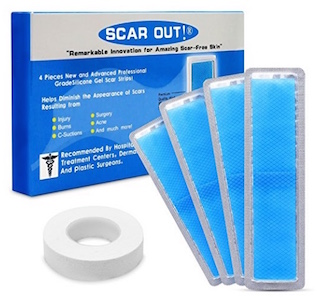
ScarOut! Silicone Gel Scar Sheets
Users report that these transparent gel sheets are more comfortable and adhesive than other popular brands. ScarOut! is perfect for those tricky areas along the breast fold, and comes with zinc oxide tape to help secure the sheets in place.

Cimeosil Scar Gel
This gel can be applied anywhere on the body and goes on completely clear — it can even be worn under makeup. Cimeosil’s medical-grade silicone must be applied twice a day to reduce the appearance of scars.

Pro-Sil Silicone Stick for Scars
If you’re looking for an alternative to sheets or gels, this silicone stick is hard to beat in terms of portability and ease-of-use. Pro-Sil Silicone Stick is highly effective at diminishing scars — even those with abnormal shapes that sheets sometimes cannot accommodate.
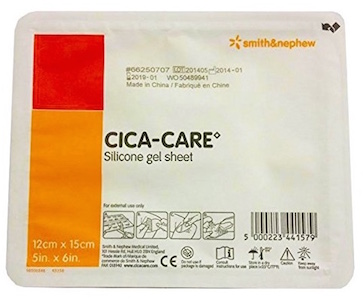
Cica-Care Silicone Gel Sheet
While the price of this single gel sheet is a little steep, it’s your best bet if you’re concerned about hypertrophic scarring. Washable, reusable, and thicker than other scar sheets, Cica-Care is a medical-grade treatment for more prominent scarring.

RxBra Post Surgical Front Closure Compression Bra
Unlike more bulky medical bras, RxBra allows you recover in style and feel good about how you look immediately following surgery. It comes with padded backing and front clasps, making it easy to get on and off — even when your movements are restricted.

Biodermis Epi-Derm Areola Circles
These silicone gel sheets are specifically designed to minimize and fade scarring on the areola. Biodermis’ thin design makes the circles cling closely to the body, allowing them to be comfortably worn under clothing. They can also be trimmed to the right diameter.
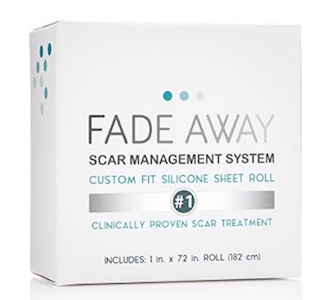
Fade Away Silicone Gel Sheets
Fade Away’s scar treatment sheets can be used anywhere on the body. They come in long, 1 inch-wide strands that can easily be cut to precisely cover your scars. Each pack holds a 72 inch (182 cm) roll of silicone sheets, and each sheet can be reused up to seven times.
Breast augmentation recovery timeline
Every patient is different, so it’s impossible to know exactly how quickly you will recover. That being said, here is a rough recovery period timeline for breast augmentation:
- The first week
During your recovery, it is important that you follow your plastic surgeon’s instructions carefully. You will likely be advised to rest for the first day or two following surgery.
Muscles both in and around the breasts will probably feel tight and sore. This is normal; it’s just the body beginning to heal injured tissues. You should arrange for someone to help you for the first few days, because even small tasks can be difficult and could disturb the healing process.
Certain side effects may also appear over the first couple of days. These may include general discomfort, bruising, swelling, and nipple sensitivity. Ice packs can be used to help offset swelling.
Your surgeon will provide you with instructions regarding over-the-counter painkillers, or prescribe higher strength medications if necessary. You may also be told to wear an elastic compression garment (also known as a post-op surgical bra) for several weeks.
- Weeks two and three
After the first week, most pain and bruising will be gone, and swelling will start to go down. At this point in the recovery process many patients are able to go back to work and normal activities that do not involve physical exertion, but it’s a good idea to check with your surgeon just to make sure.
For the first three weeks, it is imperative that patients avoid heavy lifting or physical activity. In fact, lifting anything more than a cup of water isn’t advised, says Dr. Joel Maier, a board-certified plastic surgeon based in Cincinnati.
Avoiding heavy lifting will allow pockets to form around the implants, and will prevent pulling the muscle edge. “If the patient does not closely follow these instructions, and a problem develops with an implant, a re-operation may be needed to correct the implant,” warns Maier.
Around the second or third week, any side effects you are experiencing should be gone, but you may still be sore and there will still be some swelling. You should feel more energetic and be able to return to most of your daily routine.
At this time, you should take light walks, which are good for circulation, but should still avoid any tasks that involve physical exertion, particularly those that involve chest muscles.
- Weeks four and five
During weeks four and five, the swelling should have subsided and you should begin to have a better idea of what your final results will look like.
At this point your breasts are still healing and adjusting to the implants, but much of the skin, muscle, and fatty tissues will have recovered. It is important that you speak to your surgeon before resuming any physically demanding tasks.
- Week six to month three
From about six weeks to three months after surgery the rest of the tissues surrounding the implants should heal and all swelling should subside. The final shape of your breasts will take form, and the scars will start to fade.
By month three the implants should be fully settled. In the meantime, it is important that you are patient with your body. Don’t make any conclusions about the final results until after the first few months.





